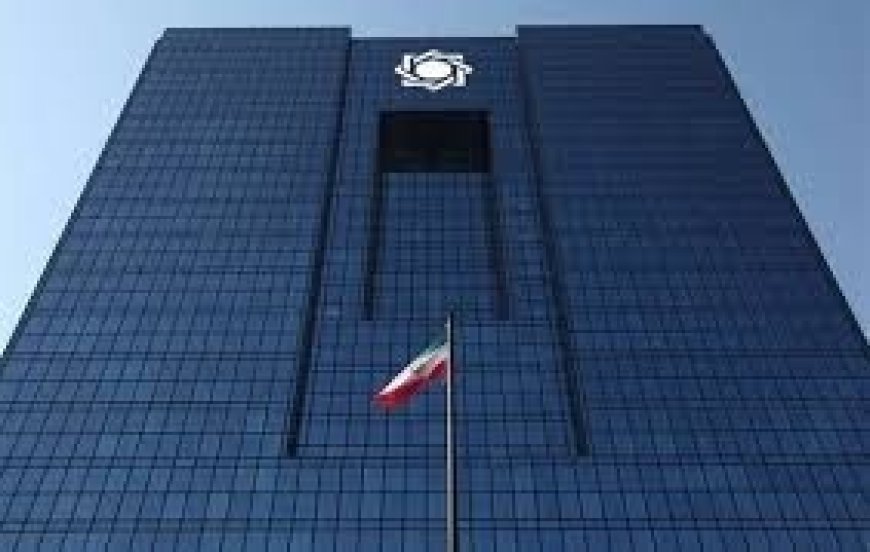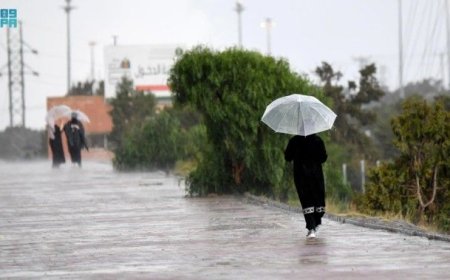Major Iranian Bank Dissolved: Central Bank’s Bold Move to Tackle Corruption and Mismanagement
Iran's central bank dissolves a major private lender due to irreparable losses & corruption. Learn the causes & what this banking crisis means for Iran's economy.

Major Iranian Bank Dissolved by Central Bank Amid Corruption and Mismanagement Crisis
Iran's financial system is under intense scrutiny after the country's central bank took the drastic step of dissolving a major private lender. This move highlights deep-seated problems of alleged corruption, mismanagement, and a banking sector in crisis, raising serious questions about the overall health of the Iranian economy.
Why Was the Bank Shut Down?
The central bank declared the financial condition of the lender "irreparable," stating its capital adequacy had plunged deeply into negative territory. The bank was left unable to meet its obligations, with reports indicating it owed the central bank a staggering sum of over 5 quadrillion tomans.
The decision to dissolve, rather than bail out, one of Iran's largest private banks signals the severity of its collapse and suggests that authorities believed a rescue was no longer feasible.
The Real Causes: Corruption and Insider Lending
Investigations reveal the bank's failure was not solely due to international sanctions but primarily caused by internal failures:
-
Politically Connected Lending: The bank allegedly funneled large loans to well-connected entities and insiders without proper risk assessment.
-
Weak Oversight: A lack of regulatory control allowed these harmful practices to continue unchecked.
-
Non-Performing Loans: High levels of bad debt, from loans that were never repaid, drained the bank's capital base.
In essence, the bank operated less like a private financial institution and more like an extension of a state-linked network, prioritizing favors over financial discipline.
A Symptom of a Broader Banking Crisis
This collapse is not an isolated incident. It is emblematic of a systemic crisis within Iran's banking sector. The country has a history of similar failures, where institutions offered unsustainably high interest rates to attract deposits, only to collapse under the weight of bad debt and mismanagement.
Analysts emphasize that while sanctions have added economic pressure, the root causes are domestic: chronic mismanagement, a lack of transparent regulation, and a culture of privilege that undermines sound financial practices.
What This Means for Ordinary Iranians
For the Iranian public, already grappling with high inflation and a declining standard of living, this banking crisis has direct consequences:
-
Erosion of Trust: The collapse of a major bank severely damages public confidence in the financial system.
-
Economic Pressure: The cost of resolving such failures often indirectly falls on depositors and taxpayers, further squeezing household finances.
-
Fear of Contagion: The dissolution of one major bank raises a critical question: If this institution was so mismanaged, how many others are also at risk?
The Bottom Line
The dissolution of this private bank is a red flag for Iran's entire economy. It exposes a financial system corroded by years of favoritism and weak oversight. Unless the authorities implement genuine reforms—including stronger regulation, independent audits, and transparent governance—this event may not be the last, potentially foreshadowing deeper instability ahead.
What's Your Reaction?










































